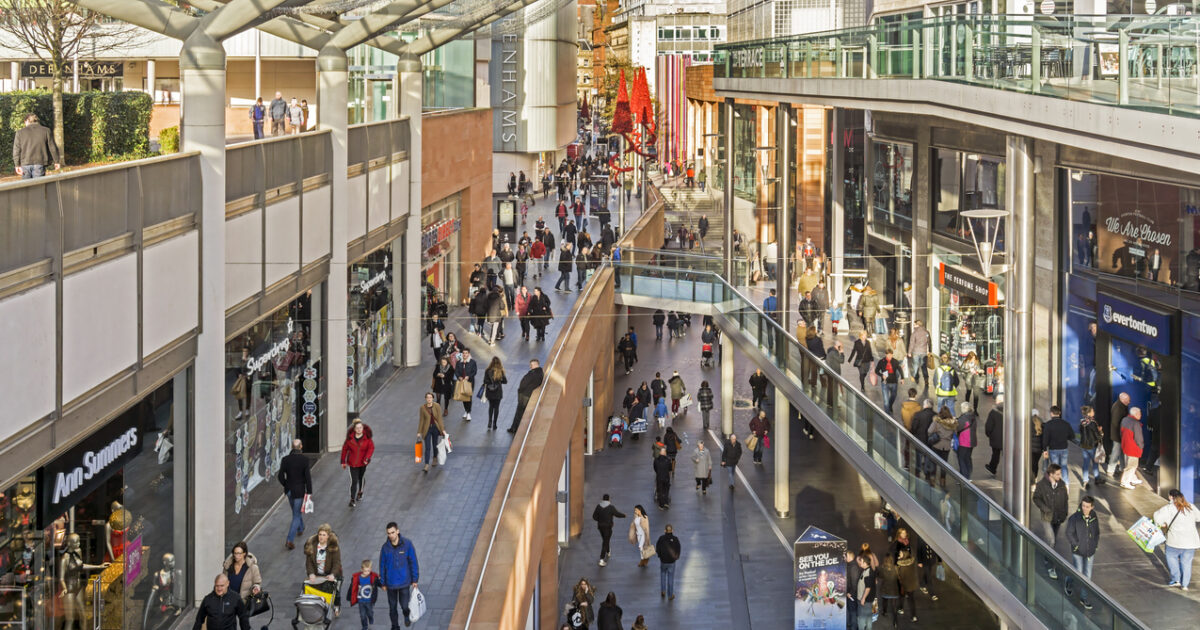After a prolonged period of turmoil that included pandemic, inflation pressures and growing geopolitical instability, the market market real estate to Europe It begins to regain its dynamics.
The sector of commercial real estate (shops and shopping centers), which had been significantly affected, is gradually returning to the focus of investment interest in Europe, sending a message of optimism and return to regularity. BNP Paribas Real Estate data for the first quarter of 2025 boost this image, with investments showing an annual increase of 31% – the largest among all commercial real estate sectors.
The total value of commercial property investments in Europe amounted to 36 billion euros in the last twelve months, with retail real estate now covering 22% of the total investment portfolio. This is a remarkable rise, considering that in 2021, at the climax of the pandemic, that figure was only 15%.
The biggest impetus comes from the shopping malls, which recorded an increase of 81%. Large transactions have played a major role in the Iberian Peninsula, with the result that this asset represented more than half (54%) of total investment in the sector. At the same time, high -promotional markets, the so -called “high street” stores, saw a 33%increase, while out -of -town stores attracted € 10.4 billion, up 12%.
At a geographical level, Germany, France and the United Kingdom are at the top of the performance, confirming their position as established investment destinations. However, impressive mobility was also recorded in secondary, rising markets such as Italy (+311%), Poland (+382%) and Spain (+25%).
Greece shows signs of recovery, even at a more restrained pace. Investment interest is gradually reappearing, with prices remaining attractive compared to western European markets. Factors such as inflation stabilization and the spectacular return of tourism to historical levels are reinforcing. Big cities such as Athens and Thessaloniki attract the greatest interest, while strong mobility is also recorded at high -value tourist spots, such as Mykonos and Rhodes.
At the same time, the investment risk – as reflected through risk premiums – is moving favorably, making places in shopping malls and out -of -town shops more attractive than other categories of real estate. Already in markets such as Germany and the United Kingdom, yields are being shrinking, an indication of increased demand. Corresponding phenomena are also found in cities in France, Italy and Spain, where the strengthening of the Luxury Retail sector acts as a lever for growth.
Tourism also plays a key role. Europe recorded a 6% increase in international arrivals in 2024 compared to the previous year, even exceeding pre -pandemic levels. In 2025, the upward trend is expected to continue at a rate of 3%-5%, further supplying the retail market, especially in tourist destinations such as Rome, Madrid, Paris and Athens. The increased presence of American tourists, due to favorable exchange rates, further enhances retail sales. However, the slowdown in the Chinese economy and a decrease in arrivals from Asia may adversely affect the luxury retail industry.
The forecasts for the next two years are mildly optimistic. Retail sales in Europe are expected to increase by 2% per year, with the first samples of recovery of consumer confidence already visible. Despite the improvement of the economic climate, uncertainties remain. Geopolitical risks, the volatility of the financial markets and the potential interest rate fluctuations continue to shade the course of recovery, reminding that the return to complete stability will be gradual and not without obstacles.
